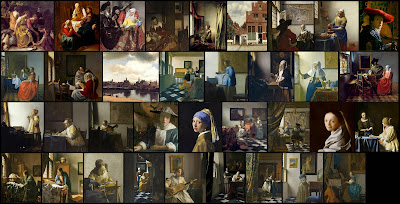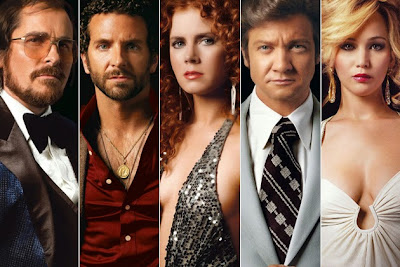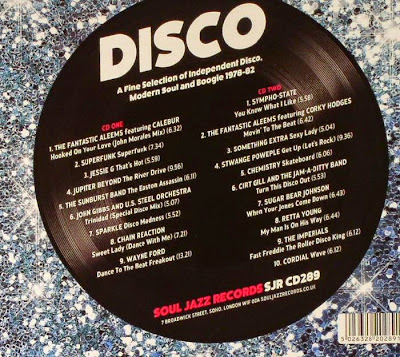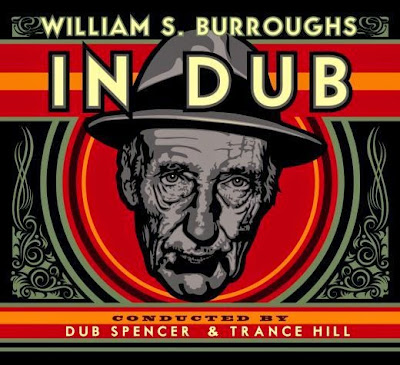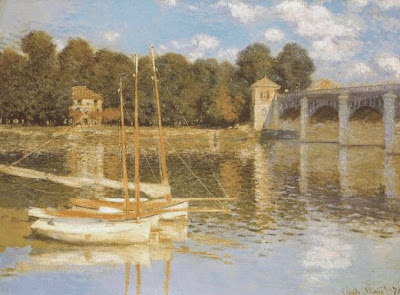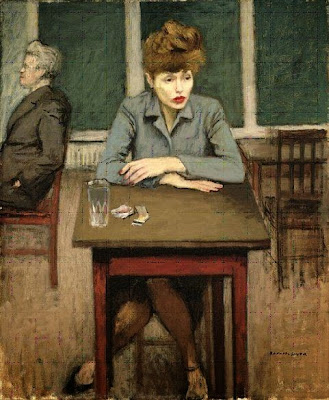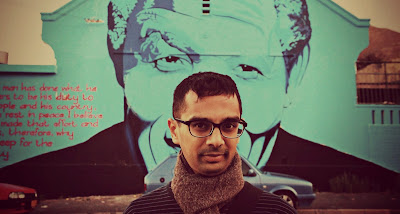
A Concert of Dance Nos. 14, 15, 16, by Robert Morris. Judson Dance Theater, 1964
"Three years ago, PPP Editions published a limited-edition book called 100 Fanzines / 10 Years of British Punk 1976–1985. I have a copy and keep intending to give it to any number of friends who know more about the Clash, the Mo-dettes, or Attila the Stockbroker than I do, but I haven’t yet handed it over. I certainly wasn’t a fixture of the Thatcher-era punk scene, but I nonetheless feel nostalgic when I look through the book. ... The very notion of ephemera is curious: objects of little value that weren’t meant to be preserved but whose vulnerability, I imagine, appealed to someone. Political buttons, business cards, seed packets, and train timetables—scrappy artifacts that otherwise would have been lost to the dustheap."
The Paris Review
MoMA: Please Come to the Show, Part 2
